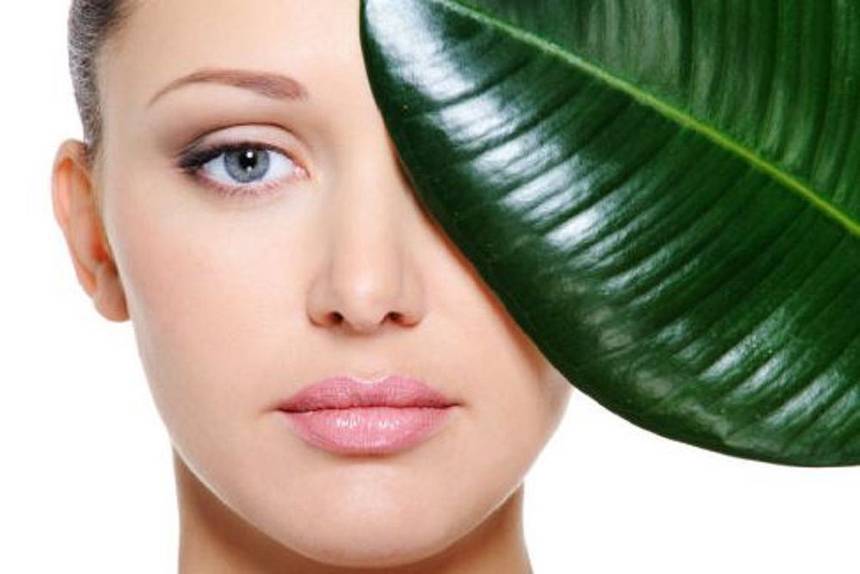
Reading the label on your skincare products shouldn’t require a chemistry degree
You don’t need a chemistry degree to figure out what’s in your skincare products. You just need to know about the order of concentration and how to tell chemicals from botanicals.
Do you ever read labels on grocery items? It’s a good habit to get into, especially if you’re concerned about sugar and fat levels. It’s also smart to read the ingredients list of your skincare products to see what exactly you’re rubbing into your skin every day, because chemicals that come into contact with your skin can enter your bloodstream.
To help you make informed choices, here’s our 5-step guide to deciphering the ingredients list on skincare products:
Concentration levels
Ingredients are listed in order of concentration. If you see ‘vegetable glycerin’ first, it’s the ingredient that makes up the highest percentage of volume. To be listed on the label, an ingredient must be 2% or more. Often, the first item in an ingredients list is water.
When you’re looking at the fine print, if a ‘star’ ingredient (one that’s featured in the product name or displayed prominently on the packaging) doesn’t appear until near the end of the ingredients list you know there’s not much of it in the product. So you might have bought a product because it contains something special, like caviar extract, however the manufacturer may have included only 2% of that ingredient, just so they can mention it on the pack. Sneaky.
Preservatives
If a skincare product has water in it, some kind of preservative will be required to prevent bacterial contamination. Parabens are the bad guys here. Keep an eye out for methylparaben, propylparaben, butylparaben and ethylparaben. If you see any of these on a skincare ingredients label, put the product back on the shelf. Parabens are oestrogen mimics that have been connected with breast cancer.[1]
Nature-based skincare products, like Okana, use natural preservatives that are weak acids. Sometimes these preservatives are inherent in the product, because they’re already part of a key ingredient. For example, our Apple Juice Foaming Cleanser contains sodium cocoyl apple amino acids (derived from apples) and sodium levuinate (derived from corn). These ingredients make our foaming cleanser self-preserving.
Latin words
When you see a Latin word on a label, like hamamelis virginiana or aloe barbadensis, you’re probably looking at the scientific name for a botanical ingredient. That’s generally a good thing, although nature does make toxic plants. For example, borago officinalis (borage) is known to contain toxic alkaloids. Often the Latin name is followed by the ingredient’s common name in brackets.
Chemical names
Just because an ingredient has a chemical name, don’t assume it’s an artificial chemical. Sodium anisate is a 100% natural preservative obtained from anise and fennel, and hydrogenated rapeseed oil is made by using a process that has been practiced for more than a century. Hydrogenation uses a catalyst to improve the oxidative stability of vegetable oils, so that they don’t decompose.
But there are some chemical names you should be wary of. For the sake of your holistic health, we think you should avoid products that contain polyethylene glycol, sodium lauryl sulfate, oxybenzone, aminophenol, diaminobenzene, phenylenediamine, triclosan, triclocarban, petroleum distillates, dibutyl phthalate, toluene, hydroquinone and formaldehyde.
Fragrance
Maybe you like products that smell good, but we reckon you won’t like them so much once you know what fragrances can do and the rules about listing fragrance ingredients.
Fragrances are often a cocktail of carcinogens, allergens, irritants and endocrine disruptors. They can actually make you quite sick. However the individual ingredients that go into a fragrance don’t have to be listed. They are considered ‘trade secrets’ by law. A typical perfume is made with petrochemicals and synthetic chemicals.
Some people are calling fragrance the ‘new second-hand smoke’, because it can be harmful to both users and bystanders.Studies have shown up to 4% of the general population are sensitized to typical fragrance ingredients.[2] In New Zealand, that’s nearly a quarter of a million people. You can trust Okana skincare products to be 100% fragrance-free.
TIP: Find a brand you can trust
To spare yourself the bother of reading the ingredients list every time you buy a skincare product, find a brand you can trust and stick to it. At Okana, our philosophy is to avoid thickeners, stabilisers, fragrances and synthetic preservatives altogether. In fact, we are one of the only skincare companies in the world to consistently use advanced self-preserving formulas and food-grade ingredients for mass production. And because we use fewer ingredients in every product, you get the benefit of more potent skincare.




Leave a comment
This site is protected by hCaptcha and the hCaptcha Privacy Policy and Terms of Service apply.